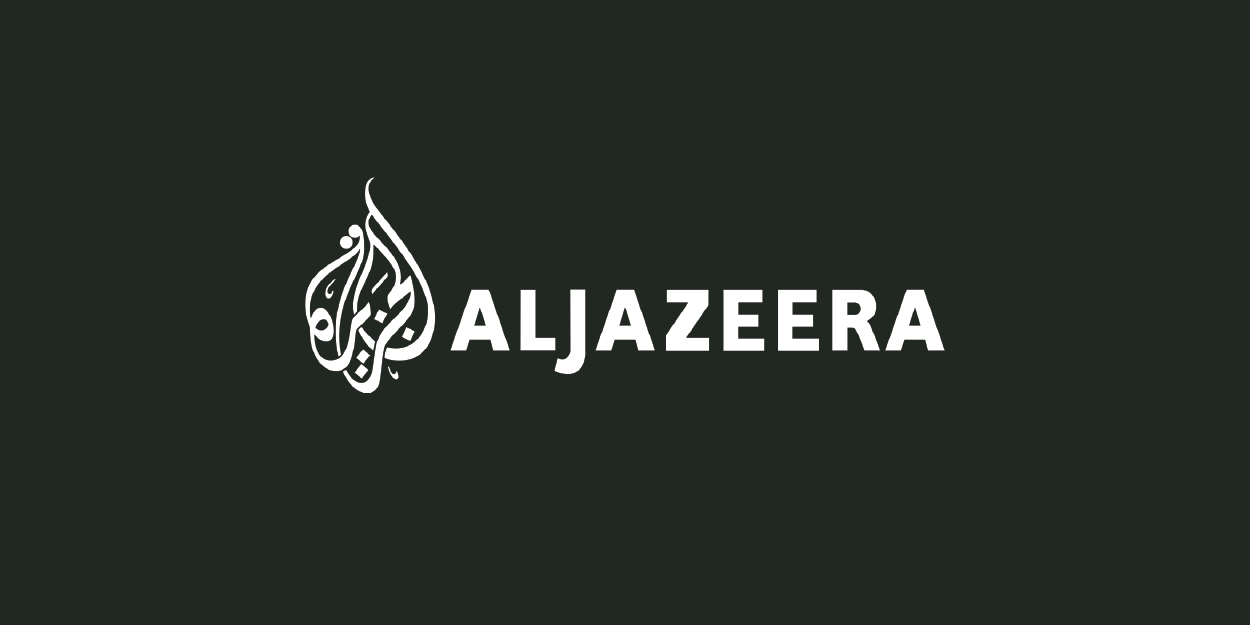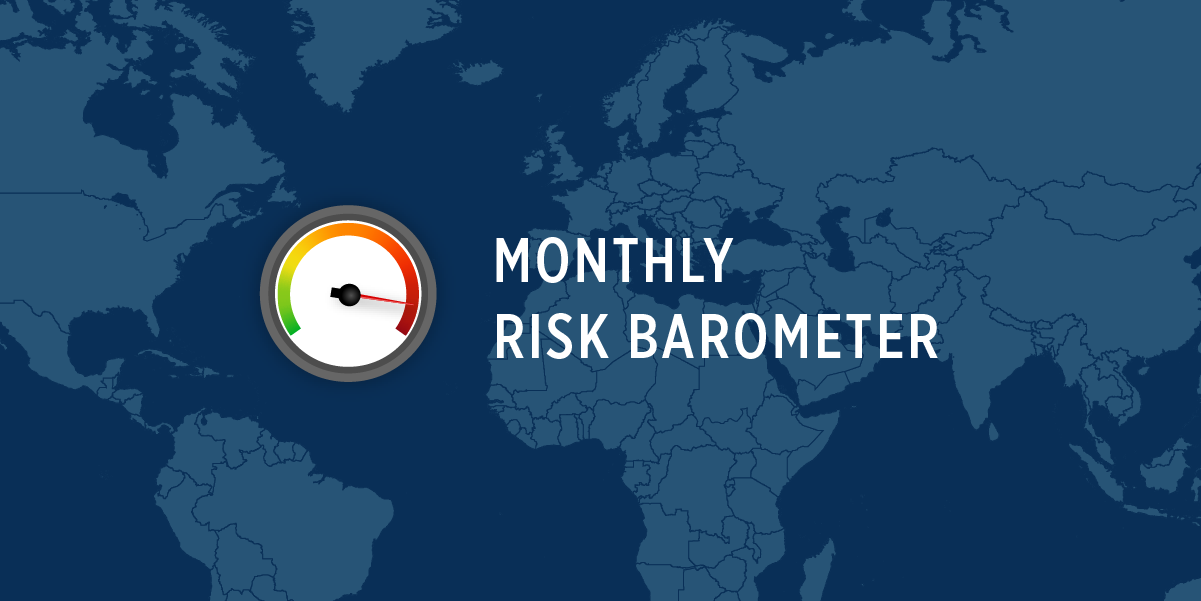Netanyahu imposes his plan on the generals
"When you're fighting in an urban area, if you want to hold ground—not just attack and retreat, as the Israeli army has done so far—you need a huge amount of personnel and equipment. And it's much more difficult if the urban environment has been destroyed, as it has been in much of Gaza."
In a new piece for Diari Ara (Barcelona), Global Guardian's VP of Client Risk Management Seth Krummrich gave his perspective on the reported decision by the Israeli government to take complete control of Gaza, and what that means for the future of the conflict.






















